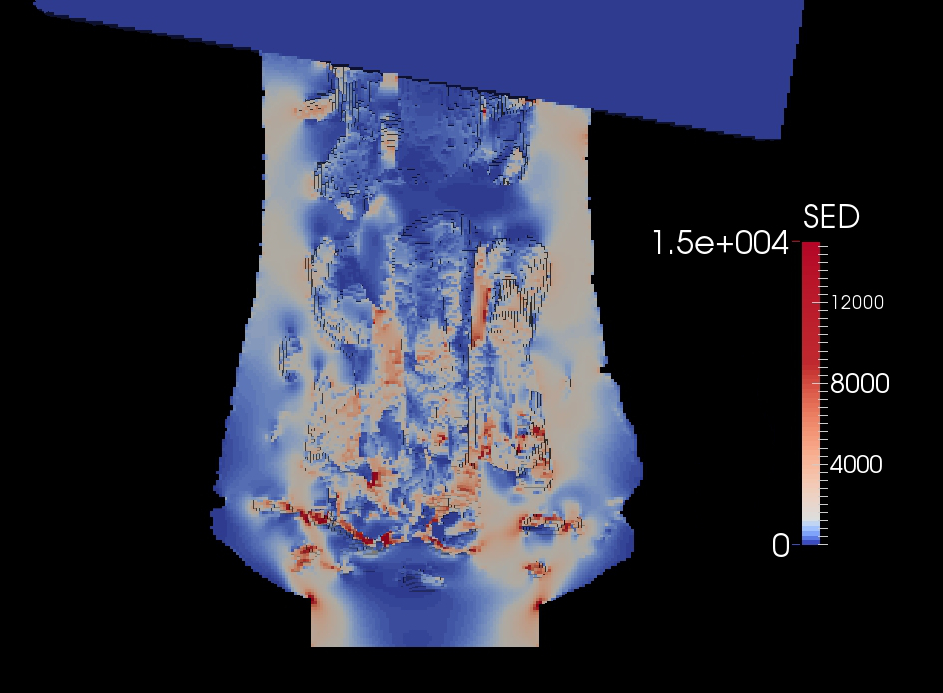Understanding Multiscale Mechanical Loading of Murine Trabeculae Bone
Computational techniques in bone mechanobiology provide insight into how global loading affects levels of strain and strain energy density within both the cortical and trabeculae structure of bones. These computational models enable the investigation of bone remodelling, fracture healing and our attempts to understand the effect of mechanical forces on the cellular and genetic aspects of bone mechanobiology.
A large challenge is the validation of these computational models, particularly for in vivo simulations. In the past, tools such as strain gauging and digital image correlation were used to validate our micro-Finite Element models. However, these techniques are restricted in their application as they are limited to the outer cortical wall or ex vivo experimentation. Therefore, experimentally measuring and understanding the forces and strains in the internal trabeculae structure in vivo provides a significant challenge. The aim of this project is to further our understanding of the internal loading conditions of the trabeculae structure and around the cell milieu in our mouse models through the development and use of experimental, in vivo, techniques.
